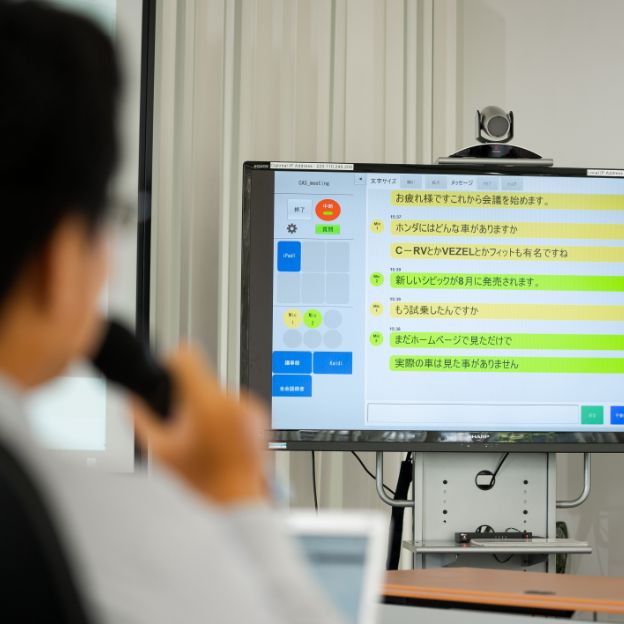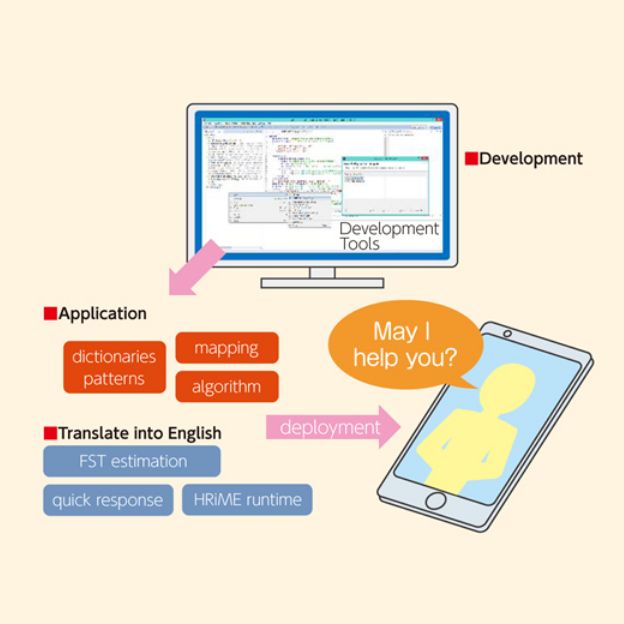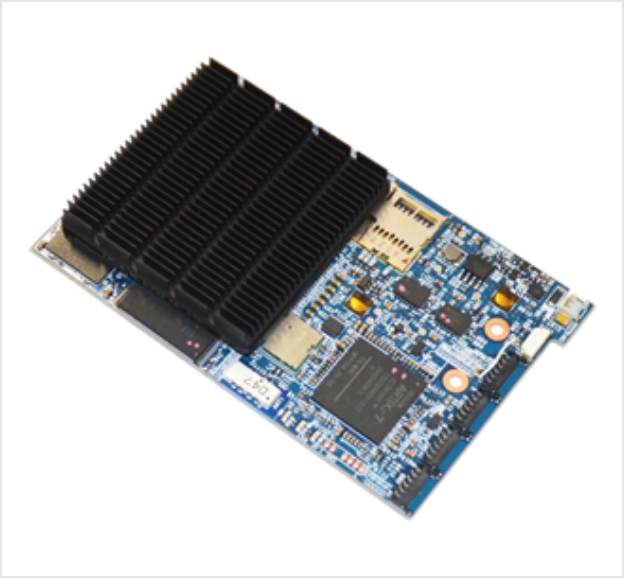Research
Our Goal
To Develop Intelligent Systems That Contribute to Well-being
Since its founding, Honda has placed "understanding people" at the root of monozukuri (manufacturing). As a research institute within the Honda Group, the goal of HRI in smart communities is to develop intelligent systems which, more than simply improving convenience, interact with people with a focus on providing them satisfaction and happiness. In this age of the "100-year life," our objective is to provide support to people at every stage of life so that they can be the person they want to be.
Cooperative Intelligence
To this end, HRI is focused on “cooperative intelligence,” that is, artificial intelligence with an emphasis on cooperation and collaboration with people.
In contrast to artificial intelligence with an emphasis on function, the focus of cooperative intelligence is on building relationships of trust which are necessary for interaction between people and intelligent systems. Even if an intelligent system is capable of performing a task autonomously, in our view, it is better that the intelligent system interacts and cooperates with people. This allows the intelligent system to provide personalized support in a variety of situations.
For example, if artificial intelligence could be there for you like this...
- Building interpersonal connections
- Intelligent systems can support you in connecting with new people and groups in a variety of situations. In a gathering of diverse people for example, they give you gentle encouragement when you want to join the group.
- Recreating that feeling that cannot be put into words
- Intelligent systems help you with intelligent technology based on intuition, tips and tricks that come from experience. For example, they can teach you accordingly the secrets to the taste of a home-cooked meal which cannot be reduced to a written recipe.
- They understand how you feel
- Intelligent systems can make suggestions based on your current mood or circumstances. They also provide support while complementing your abilities, such as by telling you things you aren’t aware of.
- In various settings about town
- In a world where people of different generations and ethnicities help each other, intelligent systems can facilitate communication, making for more better connections between people. That’s the future we want to create.
Intelligent Communication & Social Interaction
In order to achieve cooperative intelligence, HRI-JP has adopted a multidisciplinary approach which includes not only hardware and software engineering aspects, but also neuroscience, systems science, psychology, social ethics and other disciplines. Of these, particular emphasis is placed on research into intelligent communication and social interaction.
Intelligent communication is one of the communication behaviors unique to people, in which natural language and gestures are used to communicate and think about information. Social interaction is the behavior of people to build and maintain relationships with each other, and is commonly referred to as "sociality."
Through this research, we will achieve intelligent systems that can build trusting relationships with people, bridge generational and cultural gaps, and become round-the-clock partners with humans.
Research Topics
-

- Honda Communication Assistance (CA) System
- The Honda Communication Assistance (CA) System is one that supports communication between people with hearing difficulties and people with normal hearing. A person with normal hearing speaks into a microphone, and their voice is converted into text and displayed on a screen. A person with hearing difficulties can also write on the screen, enabling two-way communication.
-

- Open-Source Robot Audition Software—HARK
- HARK is an open-source software that has been developed as a collection of research achievements on robot audition. Microphone array processing based on an array of multiple microphones provides a robot with auditory functions. Specifically, HARK includes functions of estimating the locations of speakers and other sound sources (sound source localization), extracting acoustic signals originating from each sound source (sound source separation) and converting speech into text (automatic speech recognition).
-

- User-Friendly Spoken Dialog System
- If asked to bring a snack, humans will carry out this task based on knowledge that the snack is on the shelf, etc. How can we develop a spoken dialog system which is equipped with such capacity and is truly able to support humans?
Publication Search
Publication SearchLicensing
-

- Dialogue System Toolkit “HRiME”(HRI Intelligence platform based on Multiple Experts)
- Development toolkit for dialogue systems is offered for licensing which uses techniques to estimate the dialogue domain by understanding the conversation flow and the speech of the users.
-

- HARK-embedded Board
- The HARK-embedded board is an approximately 2 mm thick embedded system about the size of a business card. The board can support up to 16 microphones and can perform sound localization and separation in real time.
- Robot audition open source software HARK
